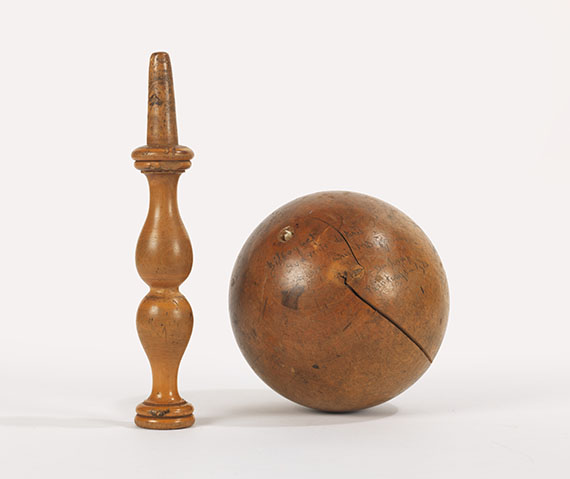Dictionary


Surrealism outside of France
France was the motherland of Surrealism, but the movement could also soon gain a foothold outside of Paris, it could partly develop on the basis of national traditions, as it was the case with Poetism in Czechoslovakia for instance.
Promoted by large exhibitions outside of Paris, for example in New York, London and Copenhagen, Surrealism had been spreading all over Europe since the late 1920s, an important surrealist group formed around René Magritte, Raoul Ubac, Paul Delvaux and E. L. T. (Edouard Léon Théodore) Mesens in Belgium at an early point. Poetism arose in Czechoslovakia, Marco Ristic or Aleksandar Vuco were active in Yugoslavia, and Victor Brauner in Rumania. The group "Mandragora" formed in Chile in 1938, and Wolfgang Paalen was active in Mexico, but surrealist tendencies could also be observed in Scandinavia. Surrealism also appeared in various degrees of consistency in England (Sir Roland Penrose, Paul Nash, Edward Burra et al), in Italy (E. Bay), Switzerland (Walter Kurt Wiemken) and Germany (Richard Oelze, Hans Bellmer, Edgar Ende et al).
Outside of Europe surrealist artists were also active in the USA, for instance Dorothea Tanning or Arshile Gorky, who was directly promoted by André Breton. This is also where Surealism and its "automatic" techniques marked the beginning of gestic Abstract Expressionism. With Harue Koga and Ichiro Fukuzawa, even Japan had surrealist artists.
Despite all its variations, Surrealism outside of Paris is characterized by the "super real" or "automatic" style and a choice of subjects that integrates dreams, visions and fantasticism. The heyday of international Surrealism lies in the 1930s, when artists expressed their clear anti-fascist position, as it was the case in Spain or Yugoslavia, but also in France itself.
France was the motherland of Surrealism, but the movement could also soon gain a foothold outside of Paris, it could partly develop on the basis of national traditions, as it was the case with Poetism in Czechoslovakia for instance.
Promoted by large exhibitions outside of Paris, for example in New York, London and Copenhagen, Surrealism had been spreading all over Europe since the late 1920s, an important surrealist group formed around René Magritte, Raoul Ubac, Paul Delvaux and E. L. T. (Edouard Léon Théodore) Mesens in Belgium at an early point. Poetism arose in Czechoslovakia, Marco Ristic or Aleksandar Vuco were active in Yugoslavia, and Victor Brauner in Rumania. The group "Mandragora" formed in Chile in 1938, and Wolfgang Paalen was active in Mexico, but surrealist tendencies could also be observed in Scandinavia. Surrealism also appeared in various degrees of consistency in England (Sir Roland Penrose, Paul Nash, Edward Burra et al), in Italy (E. Bay), Switzerland (Walter Kurt Wiemken) and Germany (Richard Oelze, Hans Bellmer, Edgar Ende et al).
Outside of Europe surrealist artists were also active in the USA, for instance Dorothea Tanning or Arshile Gorky, who was directly promoted by André Breton. This is also where Surealism and its "automatic" techniques marked the beginning of gestic Abstract Expressionism. With Harue Koga and Ichiro Fukuzawa, even Japan had surrealist artists.
Despite all its variations, Surrealism outside of Paris is characterized by the "super real" or "automatic" style and a choice of subjects that integrates dreams, visions and fantasticism. The heyday of international Surrealism lies in the 1930s, when artists expressed their clear anti-fascist position, as it was the case in Spain or Yugoslavia, but also in France itself.
Offers for Surrealism
Headquarters
Joseph-Wild-Str. 18
81829 Munich
Phone: +49 89 55 244-0
Fax: +49 89 55 244-177
info@kettererkunst.de
Louisa von Saucken / Undine Schleifer
Holstenwall 5
20355 Hamburg
Phone: +49 40 37 49 61-0
Fax: +49 40 37 49 61-66
infohamburg@kettererkunst.de
Dr. Simone Wiechers / Nane Schlage
Fasanenstr. 70
10719 Berlin
Phone: +49 30 88 67 53-63
Fax: +49 30 88 67 56-43
infoberlin@kettererkunst.de
Cordula Lichtenberg
Gertrudenstraße 24-28
50667 Cologne
Phone: +49 221 510 908-15
infokoeln@kettererkunst.de
Hessen
Rhineland-Palatinate
Miriam Heß
Phone: +49 62 21 58 80-038
Fax: +49 62 21 58 80-595
infoheidelberg@kettererkunst.de
We will inform you in time.




